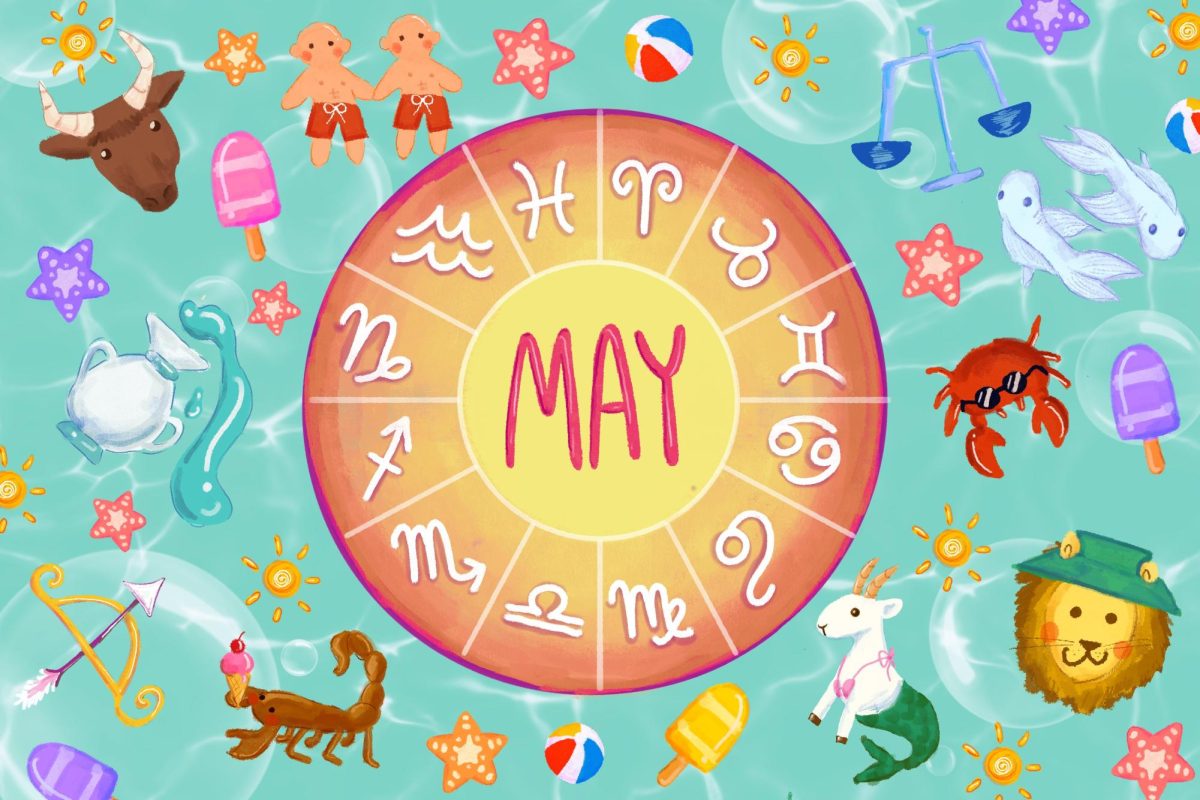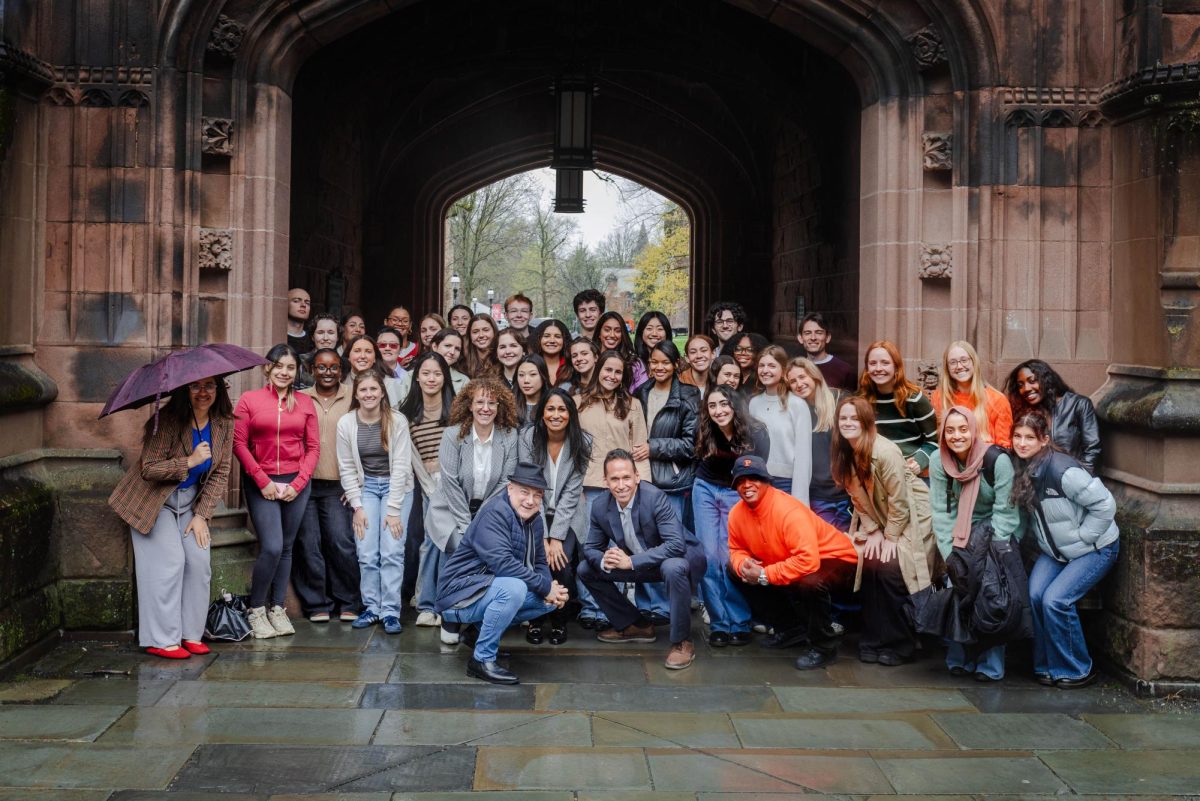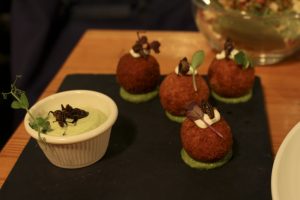Insects Could Be Your Next Diet Staple
September 19, 2016
Insects are usually described as “gross,” “dirty,” “scary” or “disease carriers.” Among all the names people have given to them, “yummy” has never been a part of the vocabulary. However, this may no longer be the case.
You are not reading this wrong. Entomophagy, also known as bug-eating, has in fact become very popular in New York City. Chefs of the new generation dedicate their time to inventing thousands of insect-inspired dishes such as cricket flour cookies, grasshopper tacos, fried worms and rootworm beetle dip, to name a few.
Mario Hernandez, head chef of the Mexican restaurant The Black Ant, incorporates bugs into many of the dishes he creates.
“We’d like to think of bug-eating as art,” Hernandez said. “It is also a way to present our culture to the world.”
The Black Ant is a famous bug-eating restaurant located in Greenwich Village. With insects as a central theme for its decoration, design and menu choices, the restaurant celebrates the Mexican insect eating culture. Different kinds of bugs are used as the major ingredient in various dishes, combined with traditional seasoning and “black ant salt,” a special mixture of cooked ant and other
secret ingredients.
Chef Mario is very proud and very happy about people’s growing passion for bug eating.
“We update our menu every two months,” Hernandez said while presenting the restaurant’s hottest dish, Croquetas De Chapulin, served with crickets. “Bugs are great.
Very delicious.”
In fact, insects are more than delicious. They are considered a great source of protein for their low calorie count and high nutrition level. In 2013 the Food and Agriculture Organization of the United Nations published a report that listed the numerous nutritious as well as ecological values of insects, encouraging the adoption of these bugs as a common food source. In response to the appeal, Columbia University published “The Insect Cookbook,” which comments on the historical and cultural aspect of insect eating while introducing various cuisine choices.
Many fitness lovers regard insects as an alternative to other meat and consume them on a daily basis for muscle training. Others consider them an interesting snack.
CAS freshman Kalkidan Tadese first tried eating insects for her eighth grade science experiment.
“It really wasn’t bad,” Tadese said. “Now I go get bugs with my friends once in a while.”
She encourages people to try them out.
“The idea of eating bugs is scary, but we should always step out of our comfort zone and try something new,” Tadese said.
Most bug eaters start by taking an adventurous first step and later developing a habit. Meanwhile, scholars like John Gershman, a clinical professor of Public Service at Robert F. Wagner Graduate School of Public Service, are looking at the bigger picture.
Professor Gershman describes entomophagy as an alternative to the food system in a deteriorating ecological environment.
“Bug eating is not a new approach but rather a plausible solution that lacked the attention in the past,” Gershman said. “When the problems of climate change, food security and carbon footprints arise, insects really bring out how we can improve our food system.”
A version of this article appeared in the Monday, Sept. 19 print edition. Email Diya Jiang at [email protected].




























































































































































ChangmiaoYu • Sep 22, 2016 at 5:10 pm
Agreed!Hope i can find some insect resruant in Toronto,so i can go time by time.
Bill Broadbent • Sep 19, 2016 at 8:11 am
Chefs are the answer, as the article indicates. We need to get people experiencing insects prepared correctly so they can experience these fantastic new flavors.
Safety tested for over six million years, insects have been a part of our diets until only recently. And, most of the world continues to eat insects, it’s only North America and Europe that do not. Our southern neighbor, Mexico, enjoys eating nearly two hundred different insects. Thailand has over twenty thousand insect farms.
Vegetarians should consider adding insects to their diets. A lot of insects are killed to grow vegetables. Even organic agriculture must use methods to rid plants of pests.
So, why not eat the pests?
This article is the kind of press entomophagy needs. All the numbers concerning our health and the environment support our need to bring insects back in to our diets. The only thing standing in the way is the ick factor.
Chefs like Mario Hernandez are the answer. Entomophagy needs champions like Mario to help people get over a purely emotional response to a wonderful new food source that’s healthy and is one solution to reducing the damage we’re doing to our planet.
Bill Broadbent
http://www.edibleinsects.com